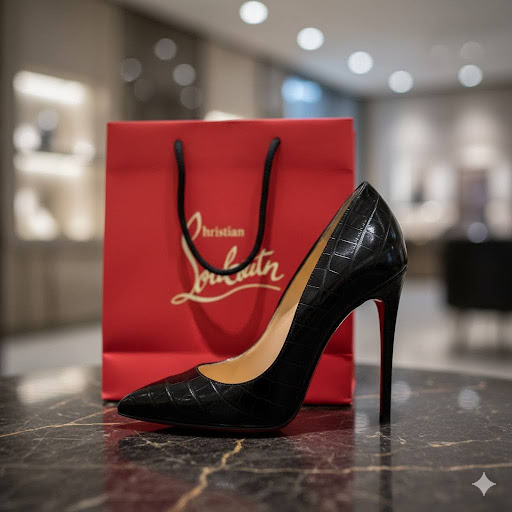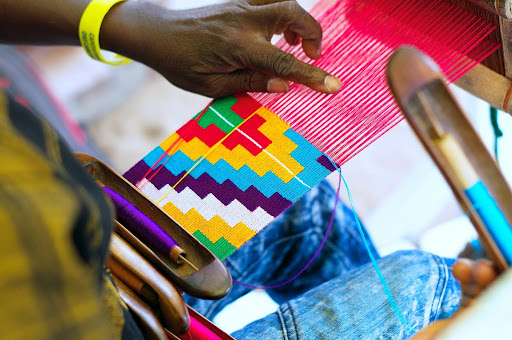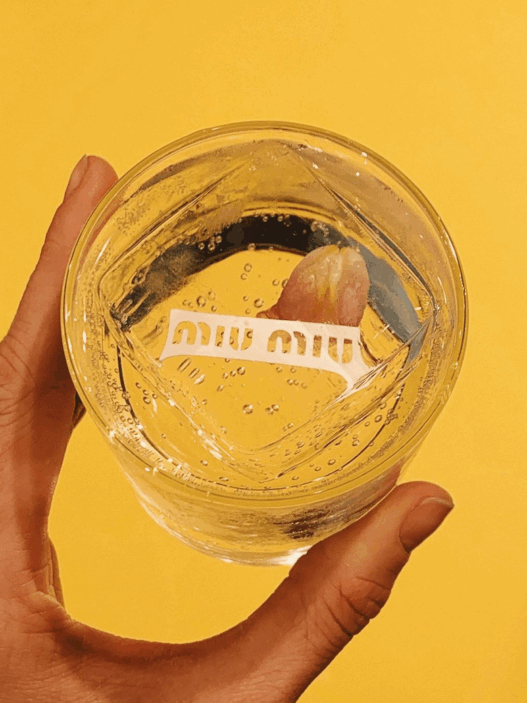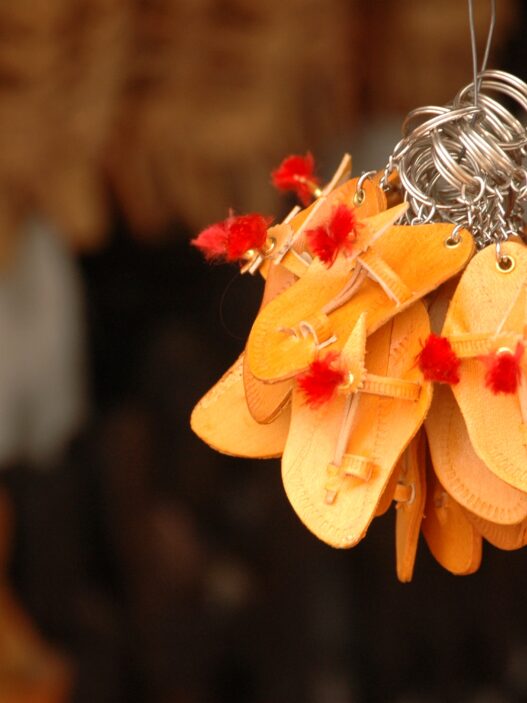Think of a luxury shoe with a red sole. Which brand pops up in your head? (Hint: Most fashion connoisseurs are aware of what this deep red sole signifies.) Yes, you guessed it right. It’s the high-fashion brand, Christian Louboutin. Evidently, our beloved Louboutins are an emblem of style and brand identity.
However, this strong brand presence has not shielded Christian Louboutin from the copycat challenge. Time and again, the brand has come forward to protect its prestigious marks. But the case of Christian Louboutin SAS v. Nakul Bajaj & Ors was more than just another trademark infringement suit.
This seminal ruling by the Delhi High Court dealt with critical issues like determining the intermediary liability of e-commerce platforms for trademark infringement, the potentiality of the sale of counterfeit products, and when this intermediary status acts as a shield against statutory immunity. This article delves into an analysis of this judgment to answer all these quintessential questions.
Factual Background of the Case
This suit, filed in 2014, is between the world-renowned French designer brand, Christian Louboutin SAS, and Nakul Bajaj, the operator of the website Darveys.com. The plaintiff owns the mark “Christian Louboutin” both in word and logo form, as well as the famous red sole mark. The brand maintains that its products are sold only through a limited, authorized distribution network. It claimed to have only two physical retail stores, one in Mumbai and the other in Delhi.
The defendant, Nakul Bajaj, on the other hand, operated the e-commerce platform, Darveys.com, which listed some Christian Louboutin products bearing its trademarks. Essentially, this website claims to offer luxury fashion essentials from over 70 labels from approximately 287 boutiques worldwide. It was a “members only” club, requiring customers to pay a non-refundable Rs. 2,000/- membership fee to start shopping.
The major tussle arose when Louboutin alleged that Darveys.com was involved in the unauthorized sale of counterfeit or impaired goods. This impacted the full enjoyment of the trademark as per the utilitarian philosophy behind Intellectual Property. However, the case unfolded in an unexpected direction, making it a key precedent in intermediary liability.
Arguments advanced by the plaintiff, Christian Louboutin
The plaintiffs claimed that Darveys.com not only impeded the word and logo marks, but by deploying Mr. Louboutin’s photograph also violated his personality rights. In addition to this, the e-commerce platforms used the brands’ IP-protected name in meta tags to drive additional search engine traffic. The plaintiff alleged that this misled consumers into believing the website was sponsored or approved by the brand. It was contended that the website’s features showed an active role, making its liabilities beyond that of a passive intermediary.
Arguments advanced by the defendants, Nakul Bajaj & Ors
Interestingly enough, the defendants did not dispute the nature of the intellectual property rights, steering the Court to focus on the intermediary status under Section 79 of the IT Act, 2000. This was the sole protective shield used by the defendants. The defendants claimed that their role was passive and not active. They argued their role was limited to a platform that enables the booking of orders. They contended that goods were sold directly by third-party sellers (the 287 boutiques) and that all responsibility lay with those sellers. Further, they pleaded ignorance regarding the reputation of Mr. Christian Louboutin and claimed no direct dealings with the Plaintiff.
The court’s final words proved to be a landmark in setting intermediary boundaries
The Court’s first instinct was to examine the meaning of an “intermediary” under Section 2(w) of the IT Act. After this, a comparison was drawn to understand whether Darveys.com fits the essentials of an “intermediary” as laid down under the IT Act. Upon this analysis, the court discovered significant evidence of active participation by the Defendant. This evidence included proof of financial control via the existing membership fee, as well as direct warranty, as demonstrated by the “100% authentic” guarantee and the promise to provide 2X the monetary value if products were fake. This stripped away the key defense sought under Section 79(1). The Court further held that any platform that “conspired or abetted or aided or induced” the commission of an unlawful act (Section 79(3)(a)) loses its immunity. Therefore, Darveys.com was not entitled to safe harbor protection.
The ruling came largely in favour of Christian Louboutin S.A.S. It was ruled that the defendant’s e-commerce platforms must ensure the following:
- Immediate disclosure of the complete details (name, address, contact) of all its sellers.
- Removal of all meta-tags that include the Plaintiff’s trademarks.
- Mandatory requirement for sellers to provide a certificate and guarantee that their goods are genuine and not impaired.
- Requirement to notify the Plaintiff and seek permission before uploading any Louboutin product, if the seller is located outside India.
Why is this case between Christian Louboutin and Nakul Bajaj a seminal ruling?
This Delhi High Court’s judgment is a powerful declaration that the blatant use of the ‘intermediary’ tag by e-commerce platforms cannot help them escape liability. It draws key distinctions between the active and passive roles played by these platforms and their associated liabilities. It is also a landmark in the sense that this judgment protects IP rights holders against tech-enabled infringements by restricting illicit use of trademarks in meta tags.
This effectively sets a higher standard of due diligence for all online marketplaces dealing in branded products. It shifts the burden of responsibility onto these platforms to check the authenticity of the goods they market and distribute. This serves as an added layer of safeguard for intellectual property owners.

















